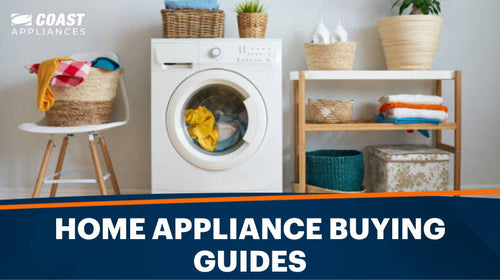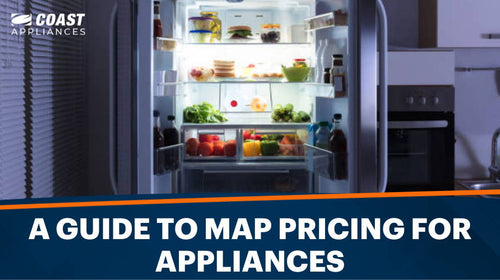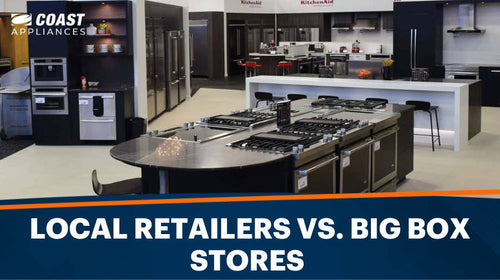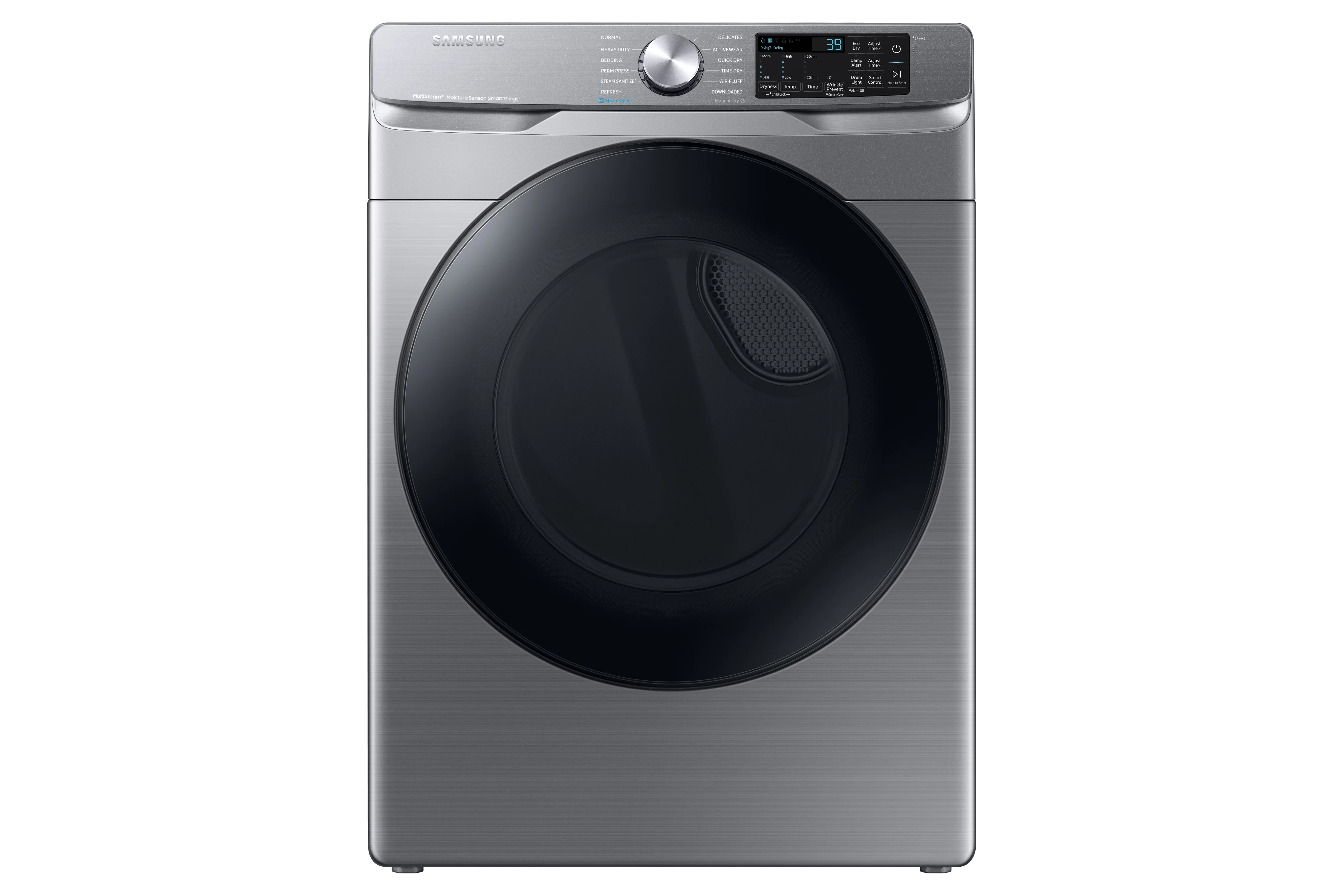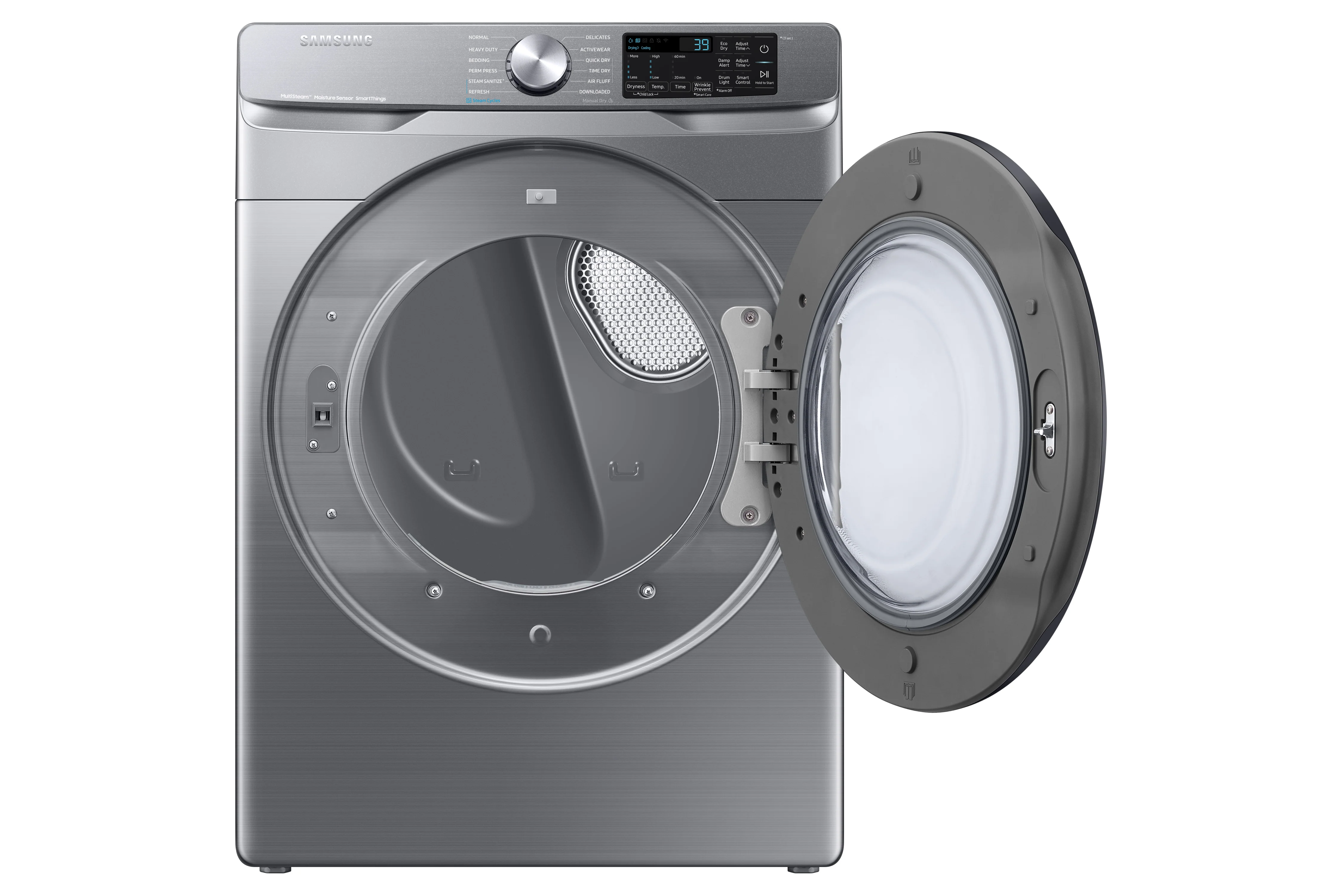If you are tired of unevenly cooked meals that take forever to prepare, you have stumbled upon the perfect article. In case you haven’t heard, convection ovens are game-changers in modern cooking. So what makes them so special? Convection ovens not only speed up cooking but also prevent those ugly hot spots or undercooked areas in your dish while also offering the flexibility to experiment with a variety of recipes. If the convection setting on your oven leaves you puzzled and you’re eager to know, “What is a true convection oven? How does it function? And what are the advantages of a convection oven?” then look no further. This article will delve deeper into all aspects of a convection oven to help you hone your culinary creativity.
In this article, we’ll cover:
- True convection ovens
- Fan-assisted convection ovens
- Convection microwaves
What Is a Convection Oven?
A convection oven is a type of oven that uses a fan to circulate hot air around the food being cooked. This fan truly separates a convection oven from any other traditional oven. The uniform circulation of hot air inside the oven cavity results in faster and even cooking, as well as a crispy exterior on your baked or roasted foods. The fan circulates hot air into the oven cavity, creating a continuous flow of dry heat that surrounds the food.
In terms of appearance, a convection oven looks similar to a traditional oven, with the only difference being the presence of the fan and an additional heating element. The fan is typically located at the back of the oven and is easily identifiable by its circular shape. Convection ovens offer several benefits compared to conventional ovens, which rely solely on radiant heat to cook food. They cook food faster and more evenly, which means you can save time and avoid overcooking or undercooking your meals. It also saves energy due to less cooking time.
How Does a Convection Oven Work?
As mentioned earlier, convection ovens work by using a fan to circulate hot air around the food. The fan draws in cool air and heats it before blowing it back into the oven cavity. This aids in faster and even cooking compared to traditional ovens.
The hot air produced by the fan and heating element cooks the food from all sides. This happens because the air moves around the food, transferring heat to every part of it. As a result, you can enjoy perfectly cooked meals with a classic crispy golden outer layer that is juicy and tender inside.
Some convection ovens even have multiple fans to enhance the circulation of hot air and speed up cooking time. Additionally, many models come with adjustable racks, allowing you to customize the distance between your food and the heating element. This feature gives you more control over the cooking process, ensuring that your meals turn out just the way you like them.
Types of Convection Ovens
There are two main types of convection ovens, namely true convection and fan-assisted convection. True convection ovens have more than one heating element in addition to the fan, which helps distribute heat more evenly. Fan-assisted convection ovens mainly rely on the fan to circulate hot air. Additionally, there are convection microwaves that combine the features of a convection oven and a microwave to transform the modern cooking experience.
True Convection Ovens
True convection ovens, also known as European convection ovens, are provided with a third heating element besides the convection fan and the standard heating element. This third heating element is located behind the fan and works to distribute heat more evenly throughout the oven cavity. This results in faster and more consistent cooking and a better browning effect on foods.
True convection ovens are ideal for those who frequently cook large roasts, baked goods, or other foods that require even cooking throughout. They are also useful for professional chefs who require precise control over their cooking temperature and results.
Fan-Assisted Convection Ovens
A fan-assisted convection oven, also known as a convection oven with a fan, is a type of oven that uses a fan to circulate hot air around the food being cooked. Unlike true convection ovens, fan-assisted ovens rely solely on the fan to distribute heat throughout the oven cavity.
Fan-assisted convection ovens are ideal for those who want to upgrade from a conventional oven to an oven that provides faster and more even cooking. They are also great for those who want to cook multiple dishes at once to perfection.
Convection Microwaves
Convection microwaves are cooking appliances that blend the functionality of a traditional microwave with that of a convection oven. They use microwave technology to heat food quickly while incorporating hot air circulation for more even cooking and browning. Convection microwaves have a heating element and a fan that work together to circulate hot air around the food being cooked, resulting in faster, more efficient cooking results.
Convection microwaves are a great option for those who want the convenience of a microwave but also desire the versatility of a convection oven. They are perfect for people with limited kitchen space or who want to save time by cooking and reheating food without a hassle.
Benefits of Using a Convection Oven
1. Faster Cooking: Convection ovens cook food faster than traditional ovens because the hot air circulates around the food, reducing cooking time by up to 25 percent.
2. Even Cooking: The circulating hot air ensures that heat is distributed evenly throughout the oven, resulting in perfectly cooked food without hot spots or undercooked areas.
3. Energy Efficiency: Convection ovens use less energy than traditional ovens because they cook food faster and at lower temperatures, saving you some money on your energy bills.
4. Crispy Texture: Convection ovens are great for cooking foods that need a classic browning on the outer layers, such as roasted vegetables or baked goods. The continuous flow of hot air circulation helps to achieve this crispy exterior.
5. Versatility: Convection ovens are great for cooking a wide range of dishes, from roasted meats and vegetables to baked goods and desserts.
6. Large Capacity: Many convection ovens have large capacities, making them ideal for cooking large meals or serving a crowd.
7. Easy to Clean: Convection ovens are often equipped with self-cleaning functions, making them easy to clean and maintain.
When to Use a Convection Oven
Convection ovens are used when you want to cook food faster, more evenly, and add a crispy texture. They are particularly useful for roasting meat, baking bread and pastries, and cooking dishes that require even browning on the outside. Convection ovens are also great for cooking multiple dishes at once, saving a lot of time and energy.
Here are some cooking methods where the convection setting is commonly used:
1. Roasting: Convection ovens are great for roasting meats, poultry, and vegetables due to faster and even cooking from all sides.
2. Baking: The convection setting is great for baking bread, cakes, pastries, and other desserts, as the even heat distribution ensures that the food is cooked perfectly and develops a crispy texture without any burnt spots.
3. Broiling: Convection ovens can be used for broiling food, as the hot air circulation helps achieve a classic golden top layer while keeping the inner part moist.
4. Dehydrating: These ovens can be used to dehydrate fruits, vegetables, and meats, as the hot air circulation helps remove moisture from the food faster than traditional ovens.
5. Reheating: Convection ovens are good for reheating leftovers, as the hot air circulation helps revive the texture and crispiness of the food, preventing it from turning soggy.
6. Air Frying: Some convection ovens come with air-fry settings, which can be used to cook foods with a crispy texture similar to that of deep-frying, but with less oil and fewer calories.
How to Use a Convection Oven
Using a convection oven is easy and similar to using a traditional oven. You follow the same method of preheating the oven and presetting the cooking time, temperature, etc. As convection heats food faster, you need to be careful about certain things to prevent your food from overcooking. Here are a few things to keep in mind to ensure the best cooking results in a convection oven:
1. It's important to ensure the oven is at the correct temperature so the food cooks evenly and efficiently.
2. Adjusting the cooking time and temperature is also crucial. Reduce the cooking temperature by 25 to 50 degrees F and the cooking time by 10 to 25 percent compared to a traditional oven. This is because the hot air circulation speeds up the cooking process.
3. Use cookware that is recommended for convection ovens, such as shallow baking sheets or dishes with low sides. This allows the hot air to circulate around the food easier and results in more even cooking.
4. Don't overcrowd the oven. Leave enough space between dishes to allow the hot air to flow freely inside the oven cavity for uniform heat distribution.
5. Convection ovens produce more heat, so it is important to check your food frequently to prevent overcooking. For instance, you can use a meat thermometer to ensure your meat is cooked to the correct temperature.
FAQs about What Is a Convection Oven and When & How to Use It
What is the point of a convection oven?
The point of a convection oven is to cook food faster and more evenly by circulating hot air around the food. This results in shorter cooking times, more evenly cooked food, and a crispy texture on the outer layer.
When should you not use a convection oven?
There are a few instances when you should not use a convection oven, such as when baking delicate items like soufflés or custards. You should also avoid using convection for covered dishes or when cooking certain types of bread, as the hot air can cause the bread to rise unevenly or dry out foods that require a moist exterior.
Is there a downside to a convection oven?
While there are many benefits to using a convection oven, there are also a few potential downsides. Convection ovens can be more expensive than traditional ovens, and some models can be more complicated to use. Additionally, some people may find that the circulating air in a convection oven dries out certain types of food like cakes or custards.
What food is best for a convection oven?
Convection ovens work well for a variety of foods, but they are especially good for roasting meats, baking cookies and pastries, and cooking vegetables. The hot, circulating air helps create a crispy exterior and a tender, juicy interior.
Final thoughts
Now that you know the answer to “What is a convection oven?” and “What is the purpose of a convection oven?” you might appreciate its potential to transform your cooking experience. With faster cooking times, more even heating, and the ability to give you a crispy texture on your dishes, this oven can take your cooking to the next level. If you already have an oven with a convection setting, it's time to put it to good use, and if you are planning to upgrade your oven Coast Appliances has a huge selection from major brands in a wide budget range. Browse the specs online to add this life-changing cooking appliance to your kitchen.

